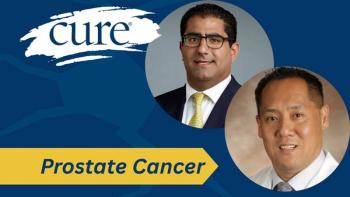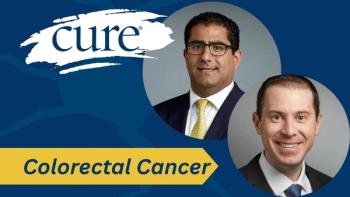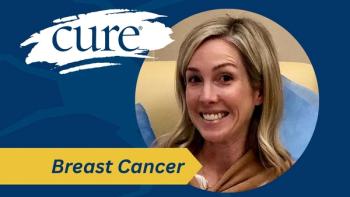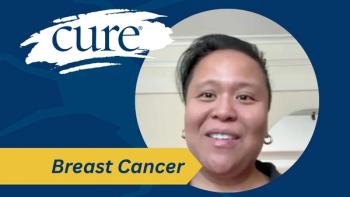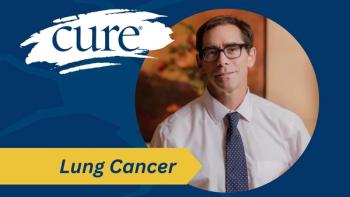
Family of First Patient with Pediatric Cancer to Receive CAR-T Cell Therapy Opens Up About Treatment
Emily Whitehead’s family details her journey with cancer and how advocating for their daughter led to Emily’s extraordinary CAR-T cell therapy treatment.
According to Children’s Hospital of Philadelphia (CHOP), acute lymphoblastic leukemia (ALL) accounts for nearly 30% of all pediatric cancer, making it one of the most common malignancies diagnosed in children. Because it also has one of the highest cure rates of all childhood cancers, Tom and Kari Whitehead were hopeful for a cure when their daughter Emily received a diagnosis of the disease at 5 years old in 2010.
But when, after two relapses, doctors told them there were no more treatment options, a “miracle” arrived in the form of a phase 1 CAR-T cell therapy clinical trial being conducted at CHOP. In an interview with CURE®, Tom Whitehead shared his experience advocating for his daughter throughout treatment and Emily described how having her parents with her at every step helped her achieve remission, a status she’s retained since May 2012.
Transcription:
CURE®: What was it like having your daughter, Emily, go through CAR-T cell therapy?
Tom: Yeah, at our first trip down to CHOP, they didn't mention the CAR T-cell therapy. And then our second-second opinion when we went down, they mentioned it and said it wouldn't be ready in time for her.
I had talked to my wife, Kari, and said, “Some people say they get a sign, but I see Emily getting better down there in the future, in the bone marrow transplant hallway. (In this vision, I see that) she's beat cancer, and we're teaching her to walk again. And I've seen it more than once. I feel like some people get a sign, and that's our sign.” And then, about a month later, that actually happened.
They told us there were no more options available to treat Emily, and I said, “Well, I'm going to page CHOP, because I feel very strongly that she's going to get better there.” And they said, “The last email we read yesterday was that the T-cell (therapy) got approved.”
Then they treated her and said, “Emily’s not going to survive this cytokine release syndrome.” I said, “Please keep trying to help her, because I know she’s going to survive this.”
Then they took me in the hallway and said, “There's a one in 1,000 chance your daughter is going to be alive in the morning.” And I said, “I understand what you're saying, but please keep trying to help her.”
The next day, they tried tocilizumab (Truxima, to treat cytokine release syndrome), which saved her life. And on the last day in the pediatric intensive care unit, they transferred us back down to the bone marrow transplant hallway, where we had to teach her to walk again. And she had beat her cancer.
So, I posted at that time, “I believe I'm witnessing a miracle, because how would I know that last month?” I felt we were guided.
Emily, what was it was like to go through that treatment? Did you have any side effects as a result?
Emily: I always just remember my parents were constantly there for me, and my dad would always try to make me smile every day. And currently, the only side effect that I have is I have to get B-cell replacement every two weeks. But that is really it. I'm just a normal teenager, and I'm pretty healthy.

